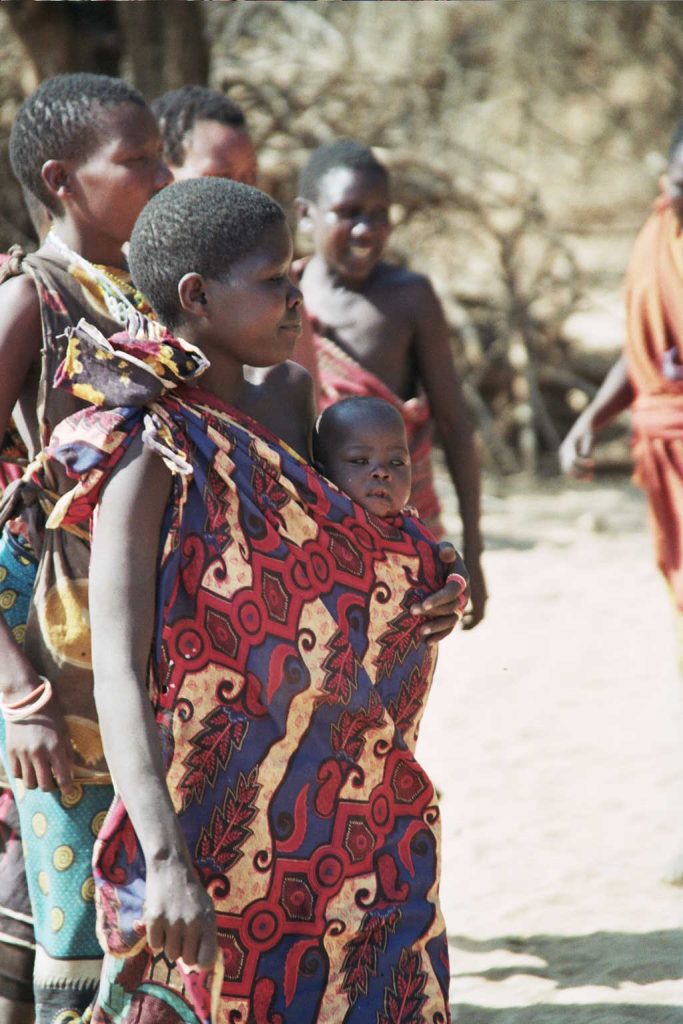2.4 Ethnographic Analogies
Every species has an environment of evolutionary adaptedness (EEA). This is an estimation of climate, habitat, and adaptive pressures within which a species first evolved. Details of the human EEA include small communities of foragers (hunter-gatherers), pair bonding with mates, cycles of wet and dry seasons, and cooler temperatures. It has also been suggested that availability of resources impacted the presence of cooperation or conflict between groups. To learn more about how climate effected human evolution, visit the Smithsonian Institute’s Human Origins Project.
Another important tool in the anthropologist’s toolkit is the ethnographic analogy. Using ethnographic or historical sources, anthropologists can make educated guesses as to how early humans lived, and how those environments impacted our evolutionary trajectory. A common example of Homo sapiens’ EEA are the Hadzabe of Tanzania. Living as foragers in the African bush, the Hadzabe’s environment is as similar to early Homo as we can identify. This allows anthropologists to understand how acquisition of food, divisions of labor, reproduction, and other key aspects of evolution may have shaped our species.
It is extremely important to note: The Hadzabe are not living fossils! This is an unfortunate moniker given to many small-scale societies during the early 20th century (remember unilineal cultural evolution vs. historical particularism?). Rather, the Hadzabe and other foraging groups are as modernly human as you or your friends. They simply live in an environment that is analogous to our EEA.

the ancestral environment to which a species is adapted.
The use of comparative data from anthropology to inform reconstructions of past human societies.

